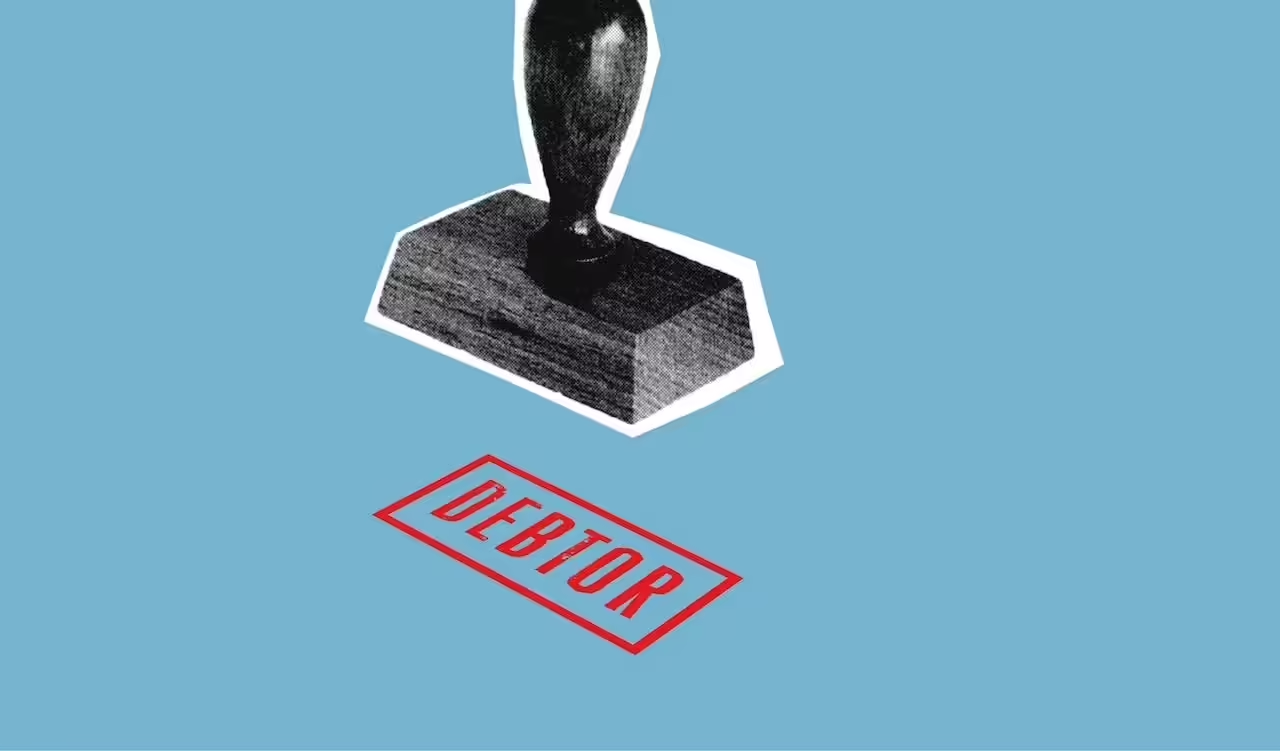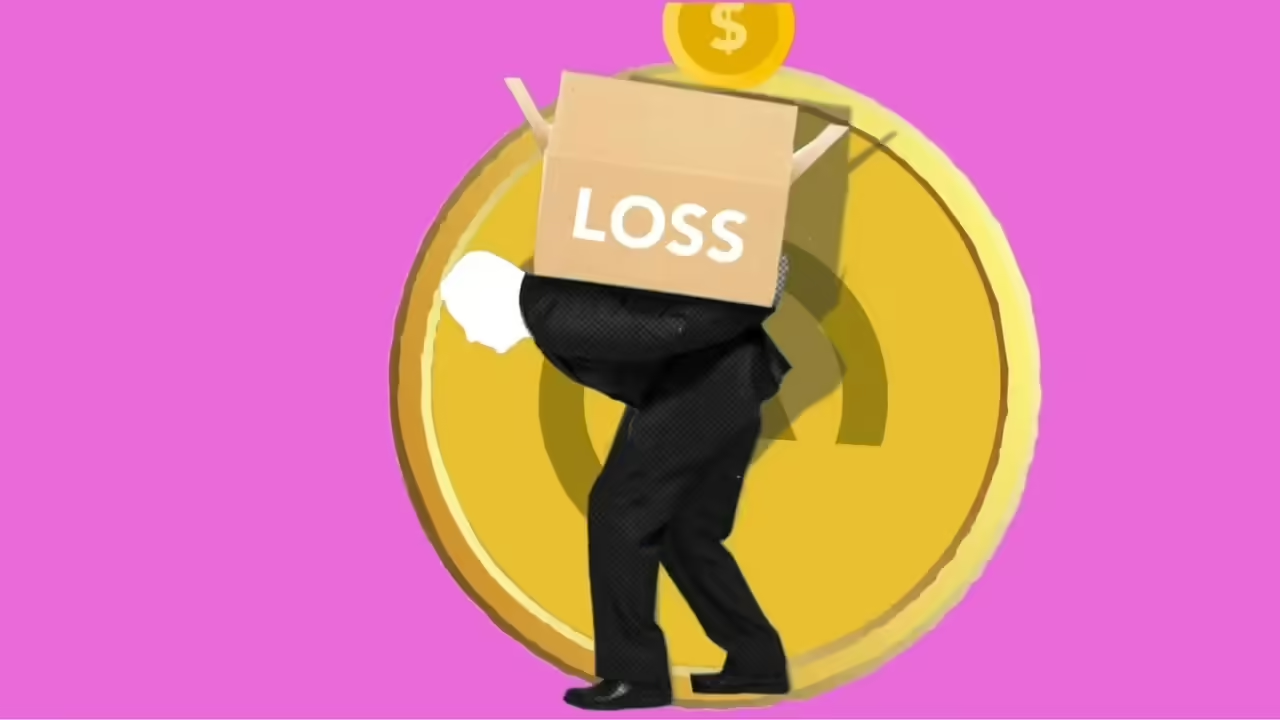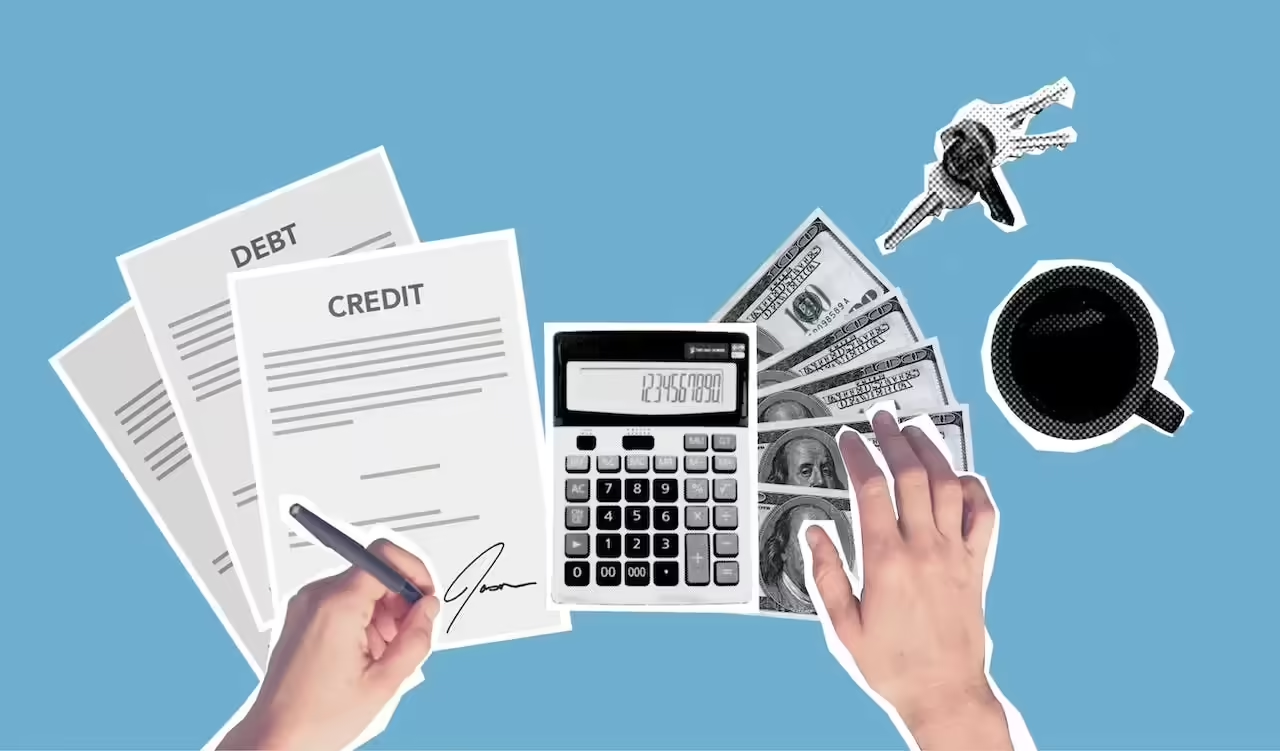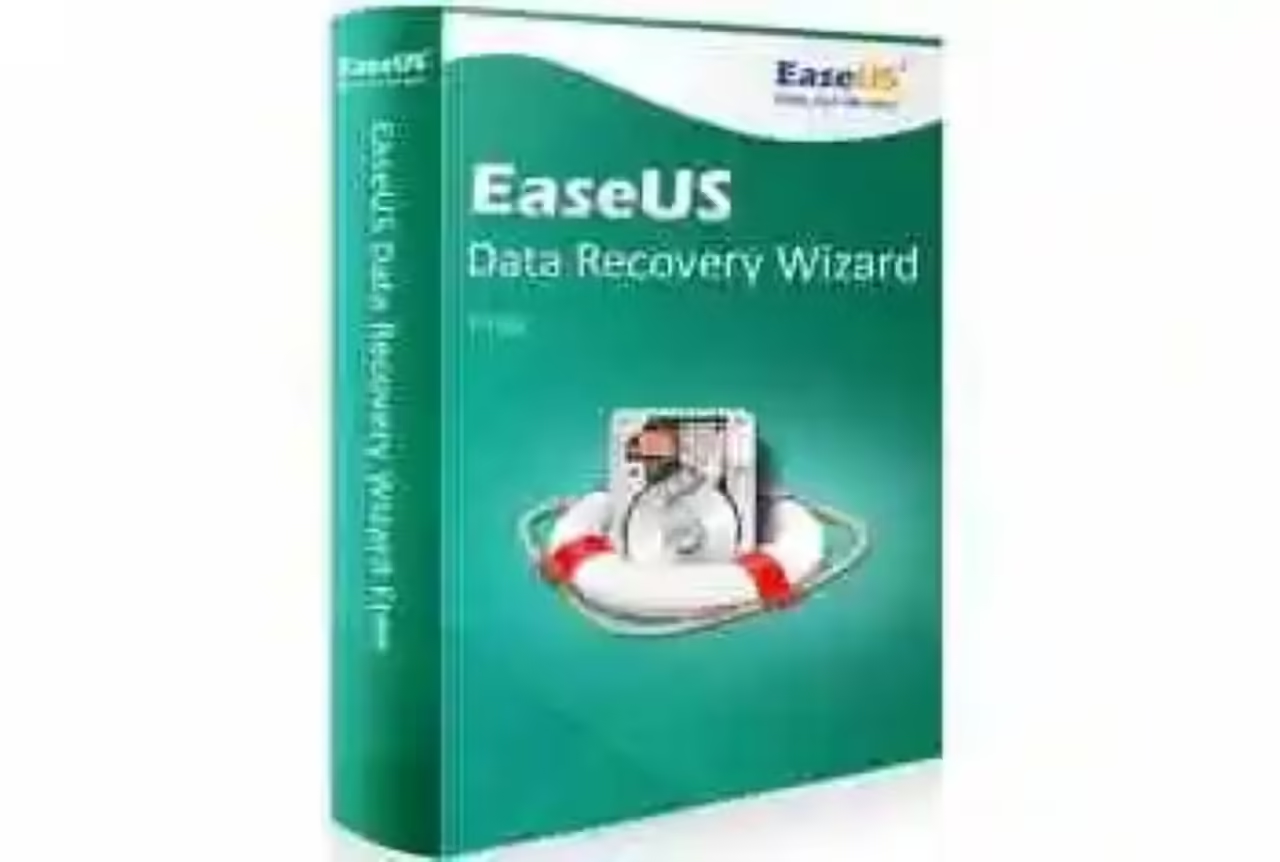
Running a small business is an intricate juggling act, balancing the inflow of revenue with the inevitable outflow of expenses. In an ideal world, the scales would always tip in favor of profitability. However, most business owners will face the reality of debt at some point on their journey. Whether it’s due to startup costs, operational expenses, or growth investments, debt can become a looming shadow over even the most vibrant enterprise.
Understanding the most common types of small business debt and implementing effective strategies to manage and eliminate them is essential for maintaining a healthy business. Here are four prevalent types of small business debt and tactical approaches to bid them farewell.
1. Tax Debt
Perhaps the most daunting of all is tax debt. With complex regulations and strict compliance requirements, it’s easy for small businesses to find themselves in over their heads. Inaccurate reporting of missed payments, or underestimating tax obligations can quickly snowball into a significant liability. Seeking guidance from Tax Law Advocates can be a prudent first step in addressing this type of debt. They specialize in negotiating with tax authorities, setting up manageable payment plans, or even reducing the amount owed through various relief programs.
To prevent tax debt from accruing, stay ahead of the game with diligent bookkeeping and by setting aside tax funds throughout the year. If you’re already facing tax debt, prioritize it in your repayment strategy as tax authorities have substantial powers of collection.
2. Credit Card Debt
Credit card debt is a double-edged sword for small businesses. On the one hand, credit cards offer a quick and convenient way to cover expenses and manage cash flow. On the other, high interest rates and the temptation to overextend can lead to a cycle of persistent debt.
To conquer credit card debt, start by halting the use of cards for any new purchases. Assess your existing debt and target the cards with the highest interest rates first, a method known as the avalanche approach.
Alternatively, consider a balance transfer to a card with a 0% introductory rate or consolidating multiple credit card debts into a single, lower-interest loan. Staying disciplined with repayments and avoiding new charges is crucial.
3. Loan Debt

Loans are a common funding source for small businesses, especially for significant investments like property or equipment. However, if revenue doesn’t increase as anticipated, loan repayments can become a burden.
To tackle loan debt, evaluate the terms of your loans and identify opportunities to refinance or renegotiate for lower interest rates or extended repayment terms. This can reduce your monthly obligations and free up cash flow. Another strategy is to implement the debt snowball method, where you pay off your smallest debts first, gaining momentum as each one is settled.
4. Vendor Debt
Vendor debt accrues when a business is unable to pay for services or goods by the agreed-upon due date. While some suppliers may be flexible, others may enforce penalties or cease their services, which can hinder your business operations.
Building strong relationships with your vendors can lead to more favorable payment terms and avoid the accrual of this type of debt. If you find yourself in vendor debt, communicate openly with your suppliers. Propose a realistic payment plan or ask for an extension. Showing a commitment to settling your accounts can help maintain good relationships and prevent future debt.
Conclusion

Debt can be a formidable opponent for any small business, but it’s not insurmountable. By recognizing the types of debt your business may encounter and actively applying targeted strategies, you can navigate through and eventually clear the financial hurdles. Whether it’s seeking professional advice on tax debt, restructuring credit card and loan payments, or negotiating with vendors, the path to a debt-free business requires a blend of strategic planning and disciplined execution.
The journey toward financial freedom is not always linear, but with each proactive step, you can steer your small business away from the red and into the black. Remember, overcoming debt is not just about surviving the present; it’s about securing a prosperous future. So, take a breath, create your plan, and set your sights on a debt-free horizon.







